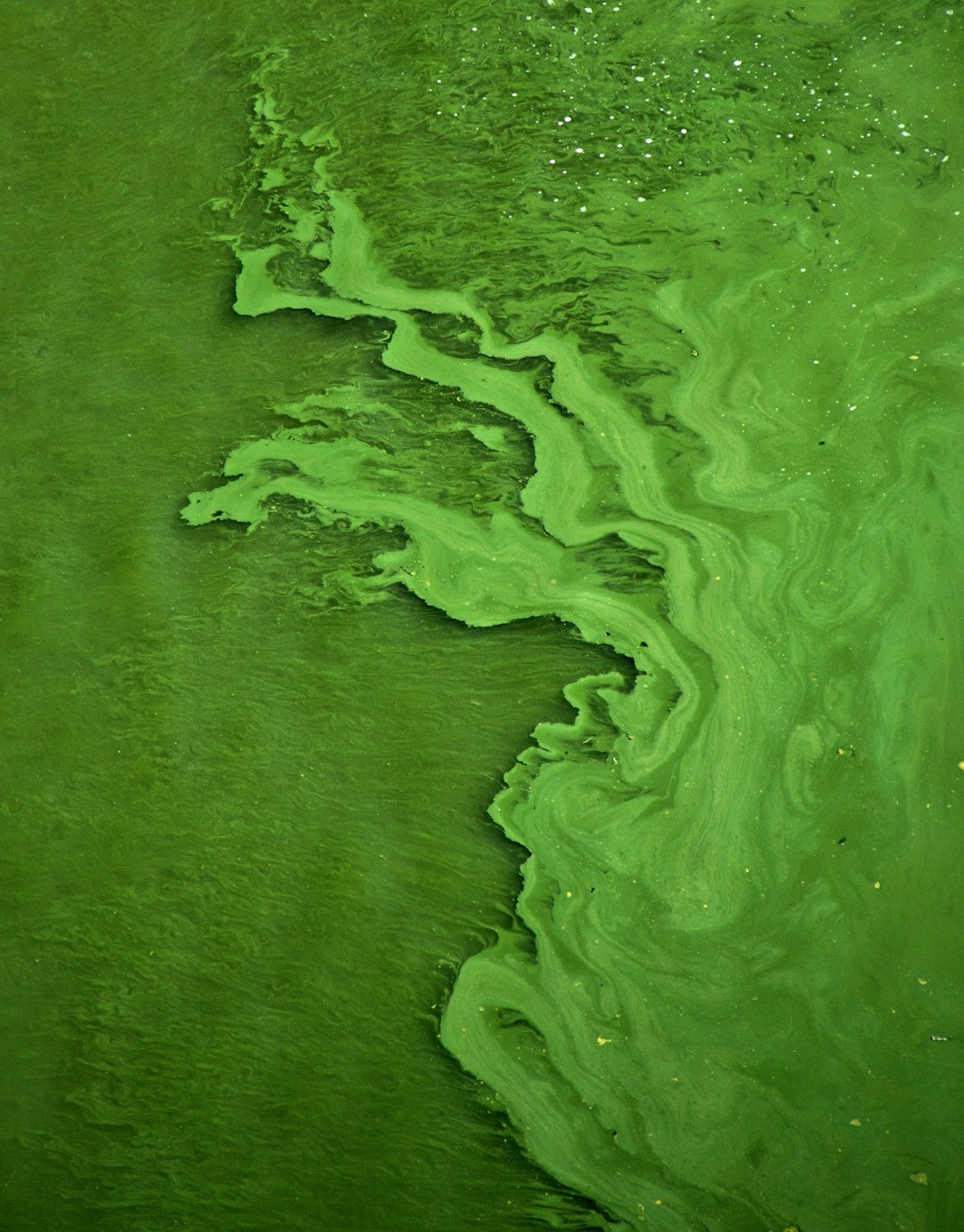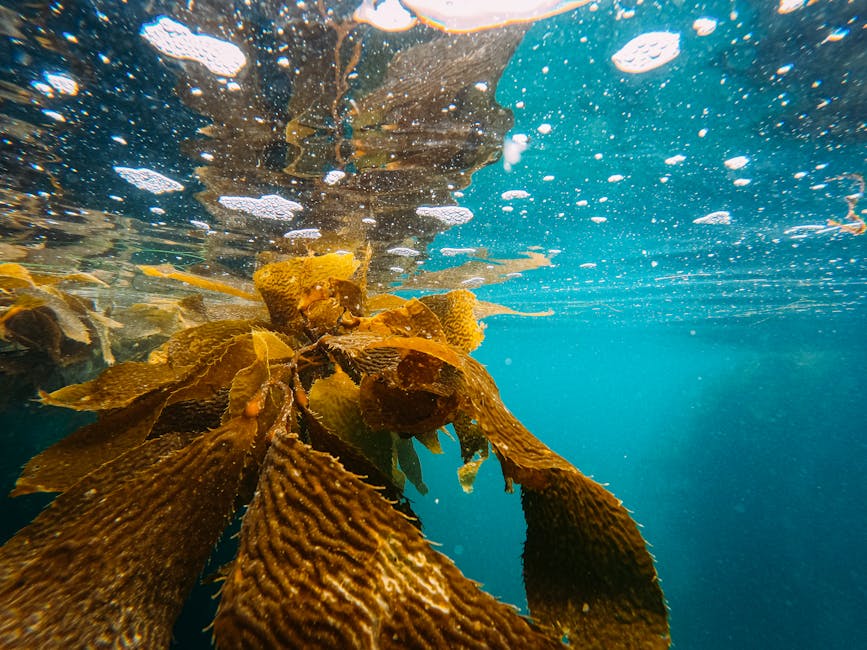Understanding Brown Algae in Aquariums
It comes as no surprise that anyone who has reared fish or aquatic flora has faced brown or silica algae issues. Often spotted in new aquariums, it brings about an unpleasant look despite not posing any harm to fish. Brown algae, or diatoms, are unicellular organisms that can thrive independently or develop colonies within the aquarium environment. The unique opal-like crystalline cover formed by diatoms around their cell wall gives them the much-needed protection. But what sparks the sudden growth of these algae in your aquarium and how can you handle it? Let's dive deeper.

Causes of Brown Algae in Aquariums
Brown Algae is caused by diatoms which can be traced back to excess silica or nitrate in the water. The culprits behind this tend to be tap water or substrate with high levels of nitrate or silica. An abundance of nutrients in new tanks might also be a contributing factor. That's why new tanks tend to exhibit brown algae growth, a phenomenon often linked to the tank's maturation cycle which normally spans four to six weeks.

The Role of Diatoms in Brown Algae Formation
Diatoms are interesting microorganisms. They can naturally be found in freshwater and saltwater environments, utilize silica in the water for cell wall strengthening, and require light to grow. These creatures are particularly dominant in new aquarium setups that have high nitrate, phosphate, or silicate levels. Stagnant water and poor water quality could also trigger diatom growth habits leading to brown algae formation.
Impact of Brown Algae on Aquatic Life
While brown algae pose no direct harm to fish, shrimp, or snails, they can be detrimental to aquatic plants. The algae may block plant access to light, thus hampering their photosynthesis process. The algae can also coat tank walls, decorations, and substrate, creating an unappealing look.

Removing Brown Algae from Your Aquarium
Eliminating brown algae from your aquarium calls for meticulous cleaning of your tank surfaces and vacuuming the gravel. In freshwater aquariums, the introduction of algae-eating fish could be a practical solution. You can also resort to manual methods such as scraping, brushing, or siphoning off the algae.
Preventing Future Brown Algae Appearance
Preventing future appearances of brown algae in your aquarium largely depends on your cleaning prowess and ability to keep up with regular maintenance. Additional measures such as increasing lighting, feeding fish less, increasing water flow, adding more aquatic plants, and maintaining proper water chemistry can be impactful.
Additional Recommendations
The ultimate strategy to combat and prevent brown algae lies in understanding the causes and acting appropriately. Consider adding scavengers, using phosphate and silicate removers, or filter your water with a reverse osmosis unit. Remember not to be discouraged by brown algae growth and instead employ these practical tips to control and prevent its presence in your aquarium.
